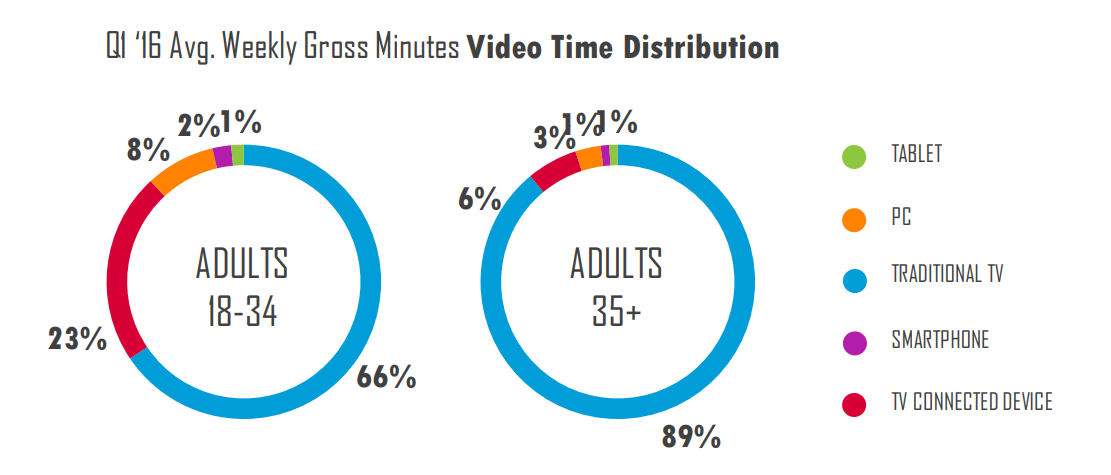Hi. My name is Jack, I'm 17 years old, and I'm taking Media Studies at Hills Road. This is my coursework blog. I've been tasked with producing a cross-media piece, consisting of a 2.5-3 minute audio-visual sequence, and a double page magazine spread and front cover. The video piece must be from an ITV or Channel 5 show of my creation, either factual or fictional, with a target audience aged 18-35, and containing either 'a key turning point, a point of significant conflict, or a resolution', while the print elements will contain interviews and promotional materials relating to the show. I haven't yet decided which channel, genre, or direction my piece is going to take, but I'm excited at what lies ahead. I'll be keeping my blog up-to-date with all my progress, so feel free to stick around and have a look!
Millennials* are perhaps the first generation to have grown up in a truly digital age, and as such, have media consumption habits completely unlike other generations. For example, one third of millennial TV viewing is done through means other than traditional TV, compared to only 11% from adults over age 35 - see the diagram below.
 |
| While this data is from a US study, the figures are much the same over here too. Source: https://www.nielsen.com/us/en/insights/news/2017/millennials-on-millennials-a-look-at-viewing-behavior-distraction-social-media-stars.html |
As for what they watch, drama is the first most popular genre for a millennial audience:
 |
| Source: https://www.oath.com/insights/insights/video-content-what-millennials-want/ |
This isn't necessarily surprising: drama has long made up a significant chunk of fictional audio/visual media produced for television, and so it's naturally going to have high viewing statistics. Millennials are also predisposed to media which carries a strong social or political message, in particular one which aligns to their generally left-leaning views, or tackles issues that are close to their hearts, such as mental health. Drama, as a genre, is well suited to tackling these issues, and it's easy to embed a message in - as is (well-made) comedy, the number one millennial-watched genre.
It may be difficult to embed a message in such a short snippet of a show without overdoing it, especially without a chance to necessarily build up the characters as much as I would like, and so demonstrating this aspect of the piece may be better left to the magazine portion of the task, in particular the interview section.
*Definitions of 'millennial' vary, with most agreeing that the generation starts somewhere in the mid '80s and ends somewhere in the mid-to-late '90s, or early 2000s. For the purposes of this post (and indeed the rest of this blog), 'millennials' will refer to those in the 18-35 age range - the target audience for my piece as defined by the coursework specification - and thus may also incorporate the first few years of the cohort more commonly known as Generation Z, depending on who you listen to.
Comments
Post a Comment